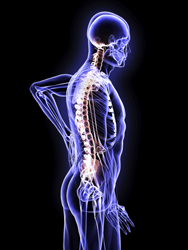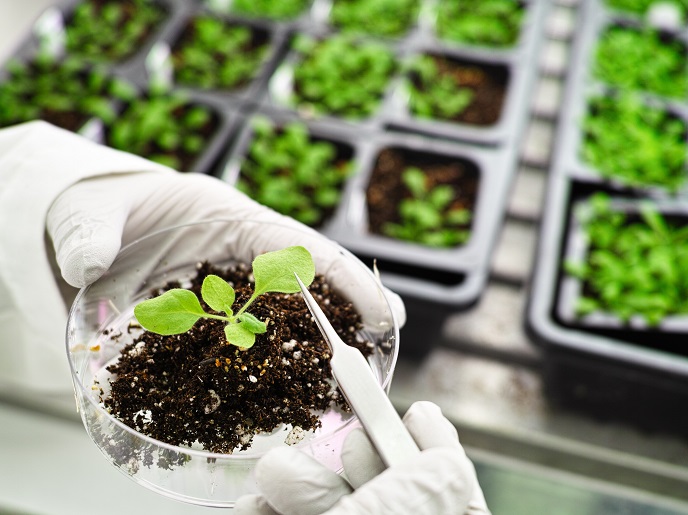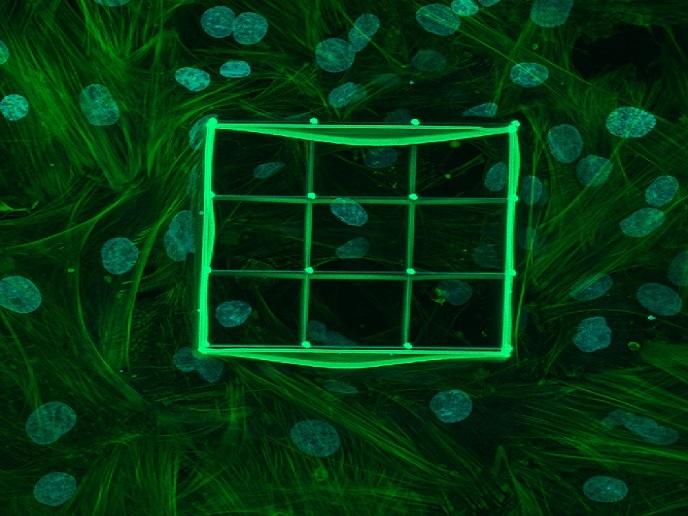Optimising vertebroplasty
Vertebroplasty is a minimally invasive procedure. Poly methyl methacrylate (PMMA) is a material with high stiffness and good biocompatibility. As such, it is the material of choice for bone cements that are used in procedures like vertebroplasty to stabilise the fracture site. Osteoporosis is a bone disease characterised by low bone density and mass. Unfortunately, PMMA has a high stiffness and can increase overall stiffness of the vertebra when used on osteoporotic patients during vertebroplasty. This can cause adjacent fractures in patients with a lower bone stiffness than PMMA.The EU-funded SPINEGO project investigated the biomechanics involved and developed novel bone cements with lower stiffness to reduce such fracture risks. These bone cements will also have to be biocompatible and biostable with some similar properties to PMMA for faster clinical acceptance and regulatory approvals.SPINEGO successfully developed a PMMA-based bone cement with a lower stiffness that is closer to osteoporotic bone with good in vitro biocompatibility and handling properties. Ex vivo tests on human bone showed improved stability at the fracture site with no corresponding increase in overall stiffness in the vertebra.Through this Marie Curie reintegration grant, long term research collaboration has been facilitated between several institutions. EU funding has been made available for further research in biomaterials and biomechanics over the next five years in these institutions..Commercialisation of the new bone cement should improve outcomes in osteoporosis patients following vertebroplasty and improve their quality of life.
Keywords
Bone cement, vertebroplasty, osteoporosis, fracture, poly methyl methacrylate, biocompatible, stiffness, biostable







